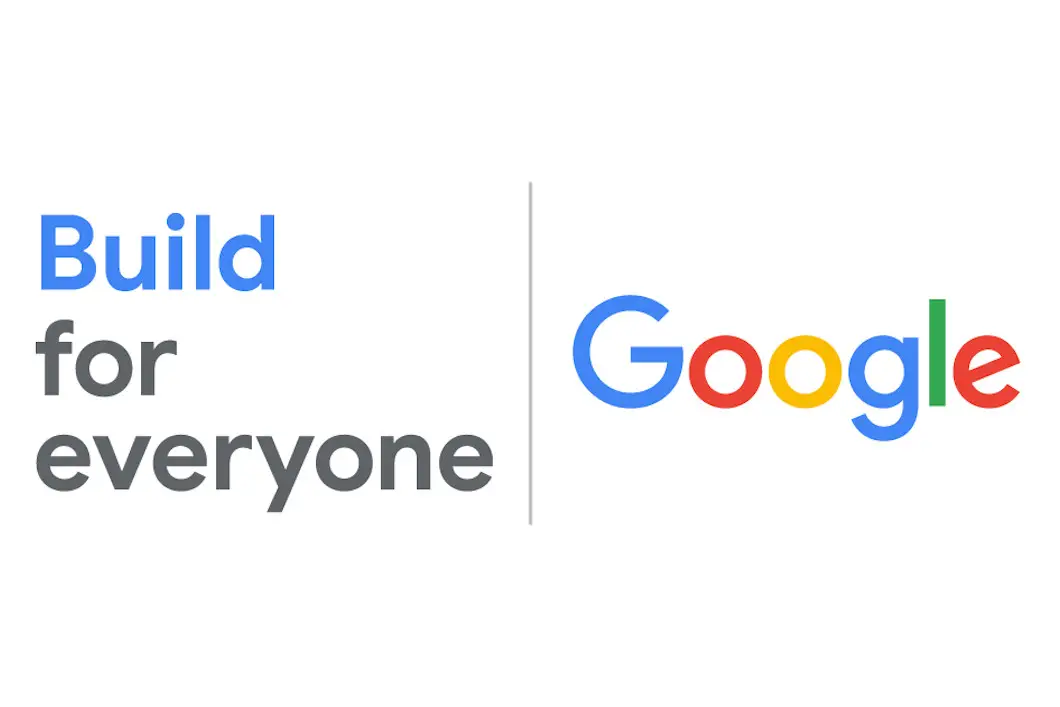Here’s How to Give Your Site the Ultimate AI-Powered Search Makeover
Are you ready to kick Google Search to the curb and let ChatGPT take the wheel? Imagine your website not only dazzling with brilliant content but also equipped with a search tool that reads minds—okay, maybe not literally. ChatGPT search can make your site stickier, search-friendlier, and give your visitors that wow, they really get me feeling. Buckle up, because today, we’re diving into everything you need to know to transform your site’s search game.
1. Why Replace Google Search with ChatGPT Search?
Limitations of Good Ol’ Google Search on Websites
1. One-size-fits-all algorithm: Google does its best, but it’s like ordering a sandwich and only getting lettuce. There’s so much content, but Google doesn’t always serve what your user craves.
2. Niche content struggles: Unless you’re a big brand, niche content can slip under the radar. Even the best SEO sometimes needs a lift.
3. Limited control: Google Search is like a roommate who never listens to you. With ChatGPT, you can tailor the experience.
How ChatGPT Elevates the Search Experience
• Personalized responses: Unlike Google, ChatGPT delivers results based on user queries with added charm.
• Better user engagement: ChatGPT is conversational, relatable, and keeps users on your site longer—Google who?
2. How to Set Up ChatGPT Search on Your Website
Step 1: Choosing Your ChatGPT Model
• OpenAI offers a few different versions—GPT-3.5 and GPT-4 being popular choices. For dynamic, context-driven results, opt for GPT-4.
PYTHON:
# Code snippet to interact with ChatGPT using OpenAI's API
import openai
openai.api_key = 'your_openai_api_key'
def chatgpt_search(query):
response = openai.Completion.create(
model="gpt-4",
prompt=f"Answer the following query based on my site content: {query}",
max_tokens=100
)
return response.choices[0].text.strip()Step 2: Setting Up the API
Head to OpenAI API and sign up. Get your API key, which is like the master key to your AI-powered search paradise.
Step 3: Integrating ChatGPT with Your Site
1. Use a plugin: If you’re on WordPress, try plugins like WPBot or Custom ChatGPT Integration.
2. Direct integration: For custom sites, embed the above API code in your site’s backend.
3. Add search bar & styling: Make it sleek—think “smart but sexy search.” CSS can make a big difference:
HTML:
<input type="text" id="search-bar" placeholder="Ask me anything!" />
<button onclick="chatgpt_search()">Search</button>
<style>
#search-bar { padding: 10px; border-radius: 8px; width: 80%; }
</style>3. SEO and Content Crawling Benefits with ChatGPT Search
Improving Dwell Time and Engagement
ChatGPT is the friend who makes your party better. With better answers, users stay longer, bounce rates drop, and Google starts to notice.
“Sticky” Search Experience
Instead of “no results found,” ChatGPT can suggest something witty: “Oops! That one’s hiding. How about checking out this post?”
Better Content Crawling & Indexing
Even though ChatGPT isn’t the crawler, enhancing engagement and search interaction signals to Google that your content is worth indexing.
JSON:
{
"@context": "https://schema.org",
"@type": "WebSite",
"url": "https://yourwebsite.com",
"potentialAction": {
"@type": "SearchAction",
"target": "https://yourwebsite.com/search?query={search_term_string}",
"query-input": "required name=search_term_string"
}
}4. Using ChatGPT to Boost SEO Through Content Magic
Auto-Generate Metadata with ChatGPT
For lazy metadata, ChatGPT can whip up meta descriptions, tags, and keywords on the fly. Here’s a Python script:
# Script for generating metadata
def generate_metadata(content):
prompt = f"Write an engaging meta description and keywords for: {content[:150]}..."
metadata = openai.Completion.create(
model="gpt-4",
prompt=prompt,
max_tokens=30
)
return metadata.choices[0].text.strip()
print(generate_metadata("Your content text here"))Build an Interactive FAQ and Topic Clusters
Create a smart FAQ that dynamically updates, answering questions and linking relevant content:
PYTHON:
faq = [
{"question": "How do I use ChatGPT search?", "answer": "Just ask anything in the search bar!"},
{"question": "Is ChatGPT search free?", "answer": "Not for us, but we don’t charge you!"},
]5. Measuring ChatGPT Search Success
Key Metrics
• Dwell Time: If users stick around, they like what they’re finding. Look for increased session duration.
• Bounce Rate: The lower, the better—this means your content and search are engaging.
• Conversion Rates: Check if leads, sign-ups, or purchases increase post-ChatGPT setup.
User Feedback & A/B Testing
Survey users for feedback and run A/B tests comparing Google Search with ChatGPT. Refine as needed—keep things fresh, just like your content.
6. Challenges of Using ChatGPT Search and How to Overcome Them
ChatGPT Isn’t Google… and That’s Okay!
ChatGPT doesn’t have live data access. Set user expectations with a friendly disclaimer like: “I’m learning as I go. If I miss something, forgive me!”
Balancing SEO and ChatGPT’s Answers
For SEO-friendly responses, guide ChatGPT with training data. Customize prompt training, like this:
PYTHON:
prompt = "Answer the user's question concisely and add an internal link suggestion if possible."Making the switch from Google Search to ChatGPT is like swapping a microwave for a chef. Sure, Google was convenient, but ChatGPT can cook up exactly what your visitors are craving. With a little setup, some coding flair, and consistent SEO checks, you’ll be on the path to delivering a top-notch search experience.
Curious to try out ChatGPT search? Give it a spin on your own website and let your content shine like never before. And if you hit any snags, let us know in the comments—we’re here to help!


